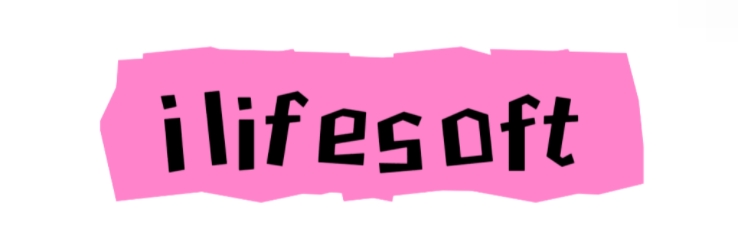Corythosaurus Size: What You Need to Know!
Jan. 09, 2025
If you want to learn more, please visit our website AMODINO.
The Corythosaurus is estimated to have reached lengths of around 30 feet (9 meters) and stood approximately 10 feet (3 meters) tall at the hips. This herbivorous dinosaur, characterized by its distinctive crest on the head, roamed the Earth during the Late Cretaceous period approximately 76 to 75 million years ago.
The size of the Corythosaurus is derived from various fossil discoveries, primarily located in North America, with significant finds in Alberta, Canada. Paleontologists have unearthed both complete skeletons and partial remains, allowing for detailed reconstructions of the dinosaur's anatomy and size. The most complete fossils indicate a robust body and a long tail, which was likely used for balance and communication.
Research on the Corythosaurus typically starts with these fossil remains. Scientists measure the length of vertebrae, limb bones, and the skull to estimate the overall size of the dinosaur. Various methods, including scaling techniques using related species and direct measurements from known specimens, contribute to the size estimates. The use of computer modeling further enhances our understanding of how this dinosaur would have appeared, allowing paleontologists to visualize and understand its proportions in a more nuanced way.
Beyond basic measurements, the size of Corythosaurus holds significant evolutionary implications. Its large size suggests it may have had fewer predators, providing a distinct advantage in survival. Additionally, the size and structure of the skull crest, thought to be used for communication and display, indicate a complex social structure. The large size likely played a role in attracting mates and establishing dominance among peers.
The impact of understanding the size of Corythosaurus extends into the realm of paleobiology, where it informs scientists about the ecological roles such dinosaurs played during the Late Cretaceous. As a herbivore, Corythosaurus would have influenced plant life and ecosystem dynamics, including the distribution of plant species and the interactions with other dinosaur species. A larger herbivore like the Corythosaurus could consume vast amounts of vegetation, potentially leading to a regulated ecosystem.
Furthermore, studying the Corythosaurus size can provide valuable insights into how environmental factors, such as climate and geography, influenced dinosaur growth patterns. By comparing the size of Corythosaurus fossils to those of other contemporaneous herbivores, researchers can assess how different species adapted to their environments, offering broader perspectives on evolution during this period.
In conclusion, the Corythosaurus, with its impressive size, exemplifies the diversity of dinosaur species that thrived during the Late Cretaceous. Its measurements are derived from meticulous fossil examination, revealing not just its physical form but also its ecological significance within prehistoric ecosystems. The study of Corythosaurus helps bring to light the intricate relationships between species, their environments, and the evolutionary pressures that shaped life on Earth millions of years ago.
Click here to get more.
If you are looking for more details, kindly visit Corythosaurus Size.
92
0
0

Comments
All Comments (0)